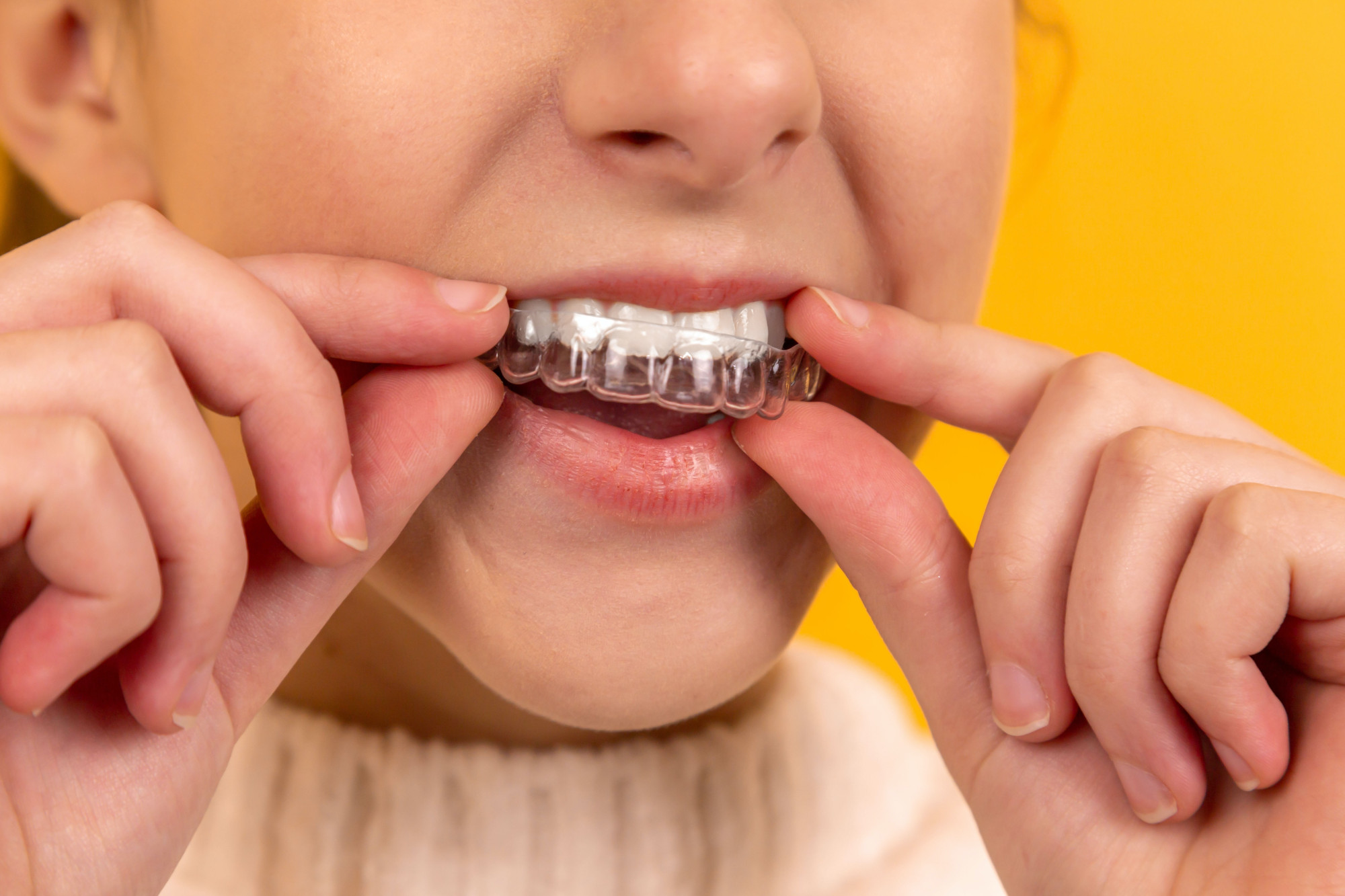PATIENTS’ demands and how they approach dental care have undergone notable changes. Individuals seeking braces treatment often aim for swift and comprehensive results, although meeting these expectations isn’t always feasible.
I get patients turning up to their first visits requesting speedy, complete correction of their misaligned teeth using the so-and-so method, as advertised in the media.
With an increase in patients seeking the “perfect” smile and a wealth of publicly available advice (some of it rather dubious), what braces trends are currently popular?
As a practicing orthodontist and a budding researcher, I would like to provide my academic opinion on the interesting, yet controversial, areas of orthodontics.
In recent years, due to the digitalisation of dental technologies, many dentists have shifted their workflow towards 3D-image processing and “invisible aligners” have become the go-to appliance for many when it comes to straightening teeth.
With the enticing idea of having more discreet braces instead of conventional metal braces, combined with aggressive marketing by the salesforce, there is a growing trend of patients asking for clear aligner treatment at the dentists. These clear aligners are a transparent alternative to fixed braces that the patient can put on and remove themselves.
Moreover, they are made of strong plastic materials that can move teeth into their desired position using a series of customised 3D-printed trays.
Although these aligners may not be completely invisible, these clear coverings fit tightly over your teeth and are much less noticeable than the brackets and wires of traditional braces.

Depending on your orthodontist’s instructions, you will switch out one set of aligners for a new set about once every one or two weeks. Typically, you’ll need to wear the aligners for most of the day, around 20 to 22 hours. These aligners are like gentle nudgers for your teeth, slowly guiding them to their new, improved position.
The success of clear aligner treatment relies on your good compliance, meaning you need to stick to the plan and wear those aligners as instructed by your orthodontist. Clear aligners do work and can straighten teeth but they’re not so great at making your bite fit perfectly, adjusting the slant of your teeth and moving teeth up and down.
While clear aligners might make your treatment faster, they do not always give you the best bite.
Furthermore, a 2022 study by University of Dundee researchers revealed an intriguing finding: when it comes to treatment time, clear aligners don’t have a significant edge over traditional braces. While clear aligners are effective in fixing crowded teeth, they encounter challenges in achieving the ideal tooth positioning and achieving the perfect final bite.
What’s even more interesting is that there’s a twist in the plot—there’s a higher likelihood of your teeth wanting to return to their previous misaligned state after the treatment is done. Some research has discovered that teeth might go back to their original positions more easily with aligners compared to traditional braces.
So, what is the verdict?
Patients and clinicians must be wary of the claims made by the supplying companies. The only proven benefit of clear aligners as opposed to conventional fixed braces is that they are more aesthetically pleasing.
Many other overoptimistic claims, such as “more effective than traditional braces”, “increased comfort”, “faster treatment”, “superior materials”, and “improved treatment costs” have not been proven scientifically. This is likely to be unethical marketing, mainly because these are healthcare claims.
However, one could argue that these manufacturing businesses do not have to work according to clinicians’ ethics.
In my role as a specialist orthodontist, I extend the option of clear aligners to my patients, informing them of the boundless potential this approach offers while transparently discussing the factors to consider.
Nevertheless, I hold firm to the principle that my commitment is to deliver only what I can promise, firmly upholding the belief that “a patient is entitled to expect that a practitioner will provide a high standard of care, which is evidence-based,” as underscored in our Code of Professional Conduct (Malaysian Dental Council, July 2022). – Nov 3, 2023
Dr Aufa Dahlia Bahar is a Dental Lecturer at the Department of Paediatric Dentistry and Orthodontics, Faculty of Dentistry, Universiti Malaya.
The views expressed are solely of the author and do not necessarily reflect those of Focus Malaysia.
Main photo credit: Unsplash










